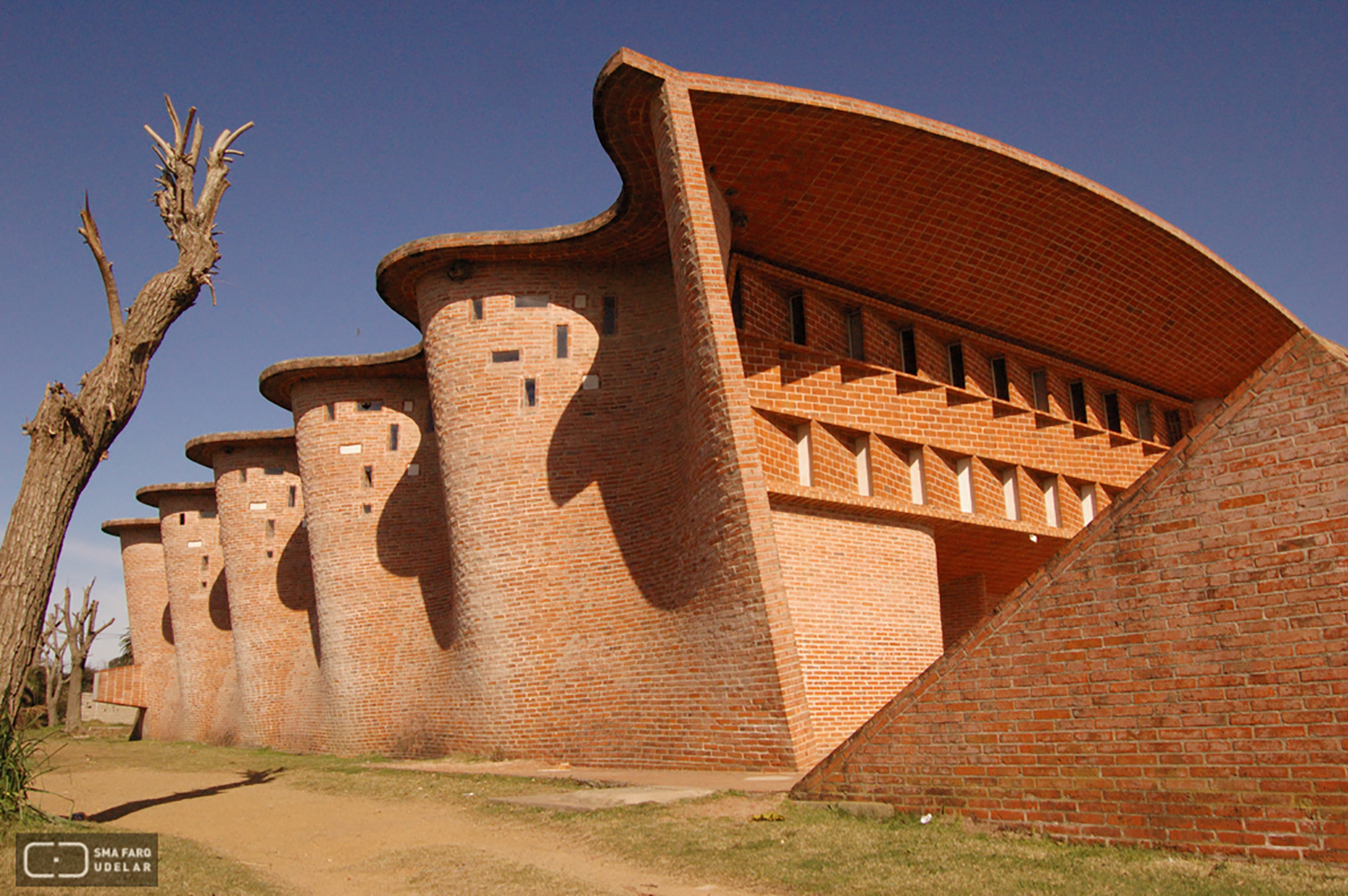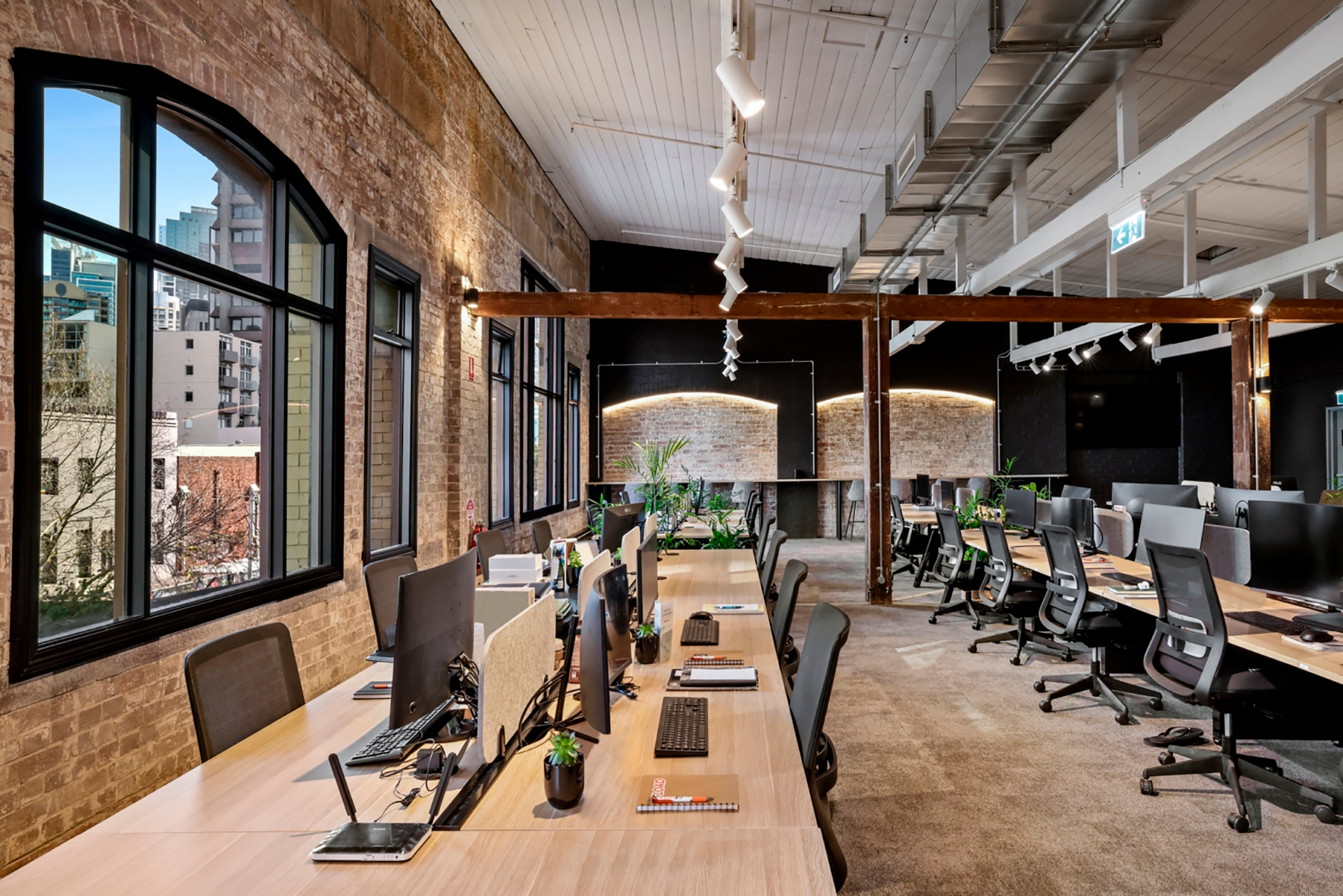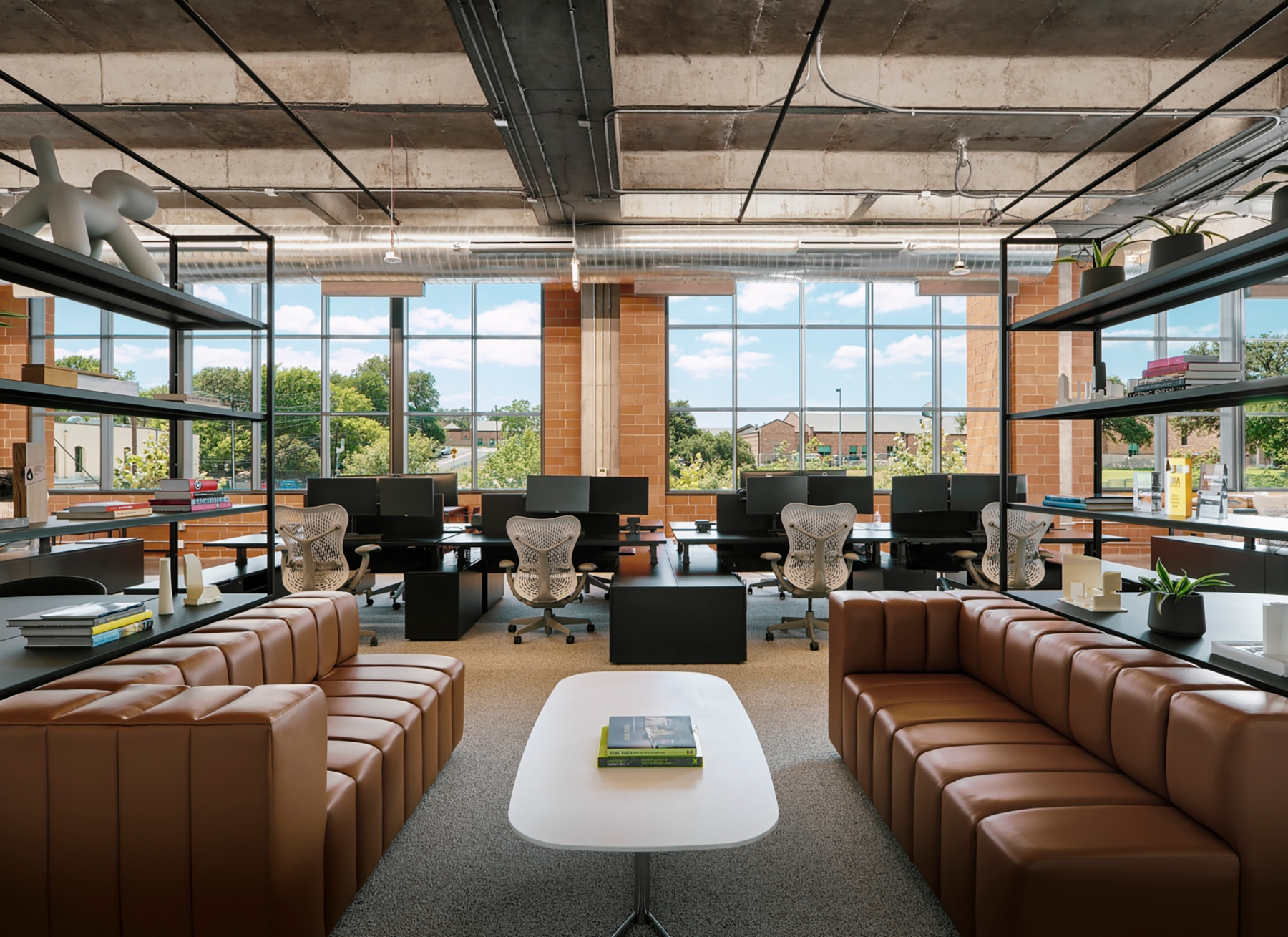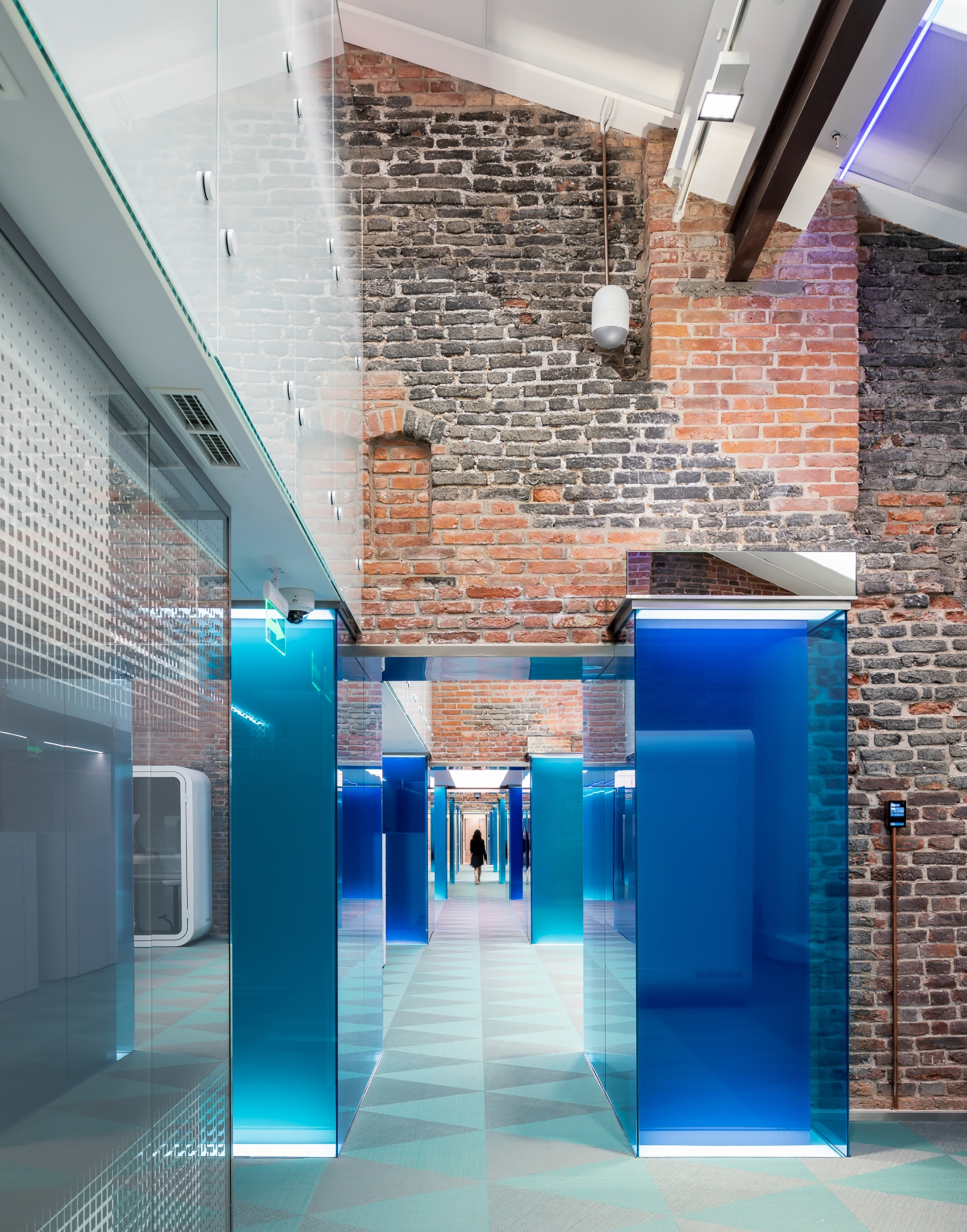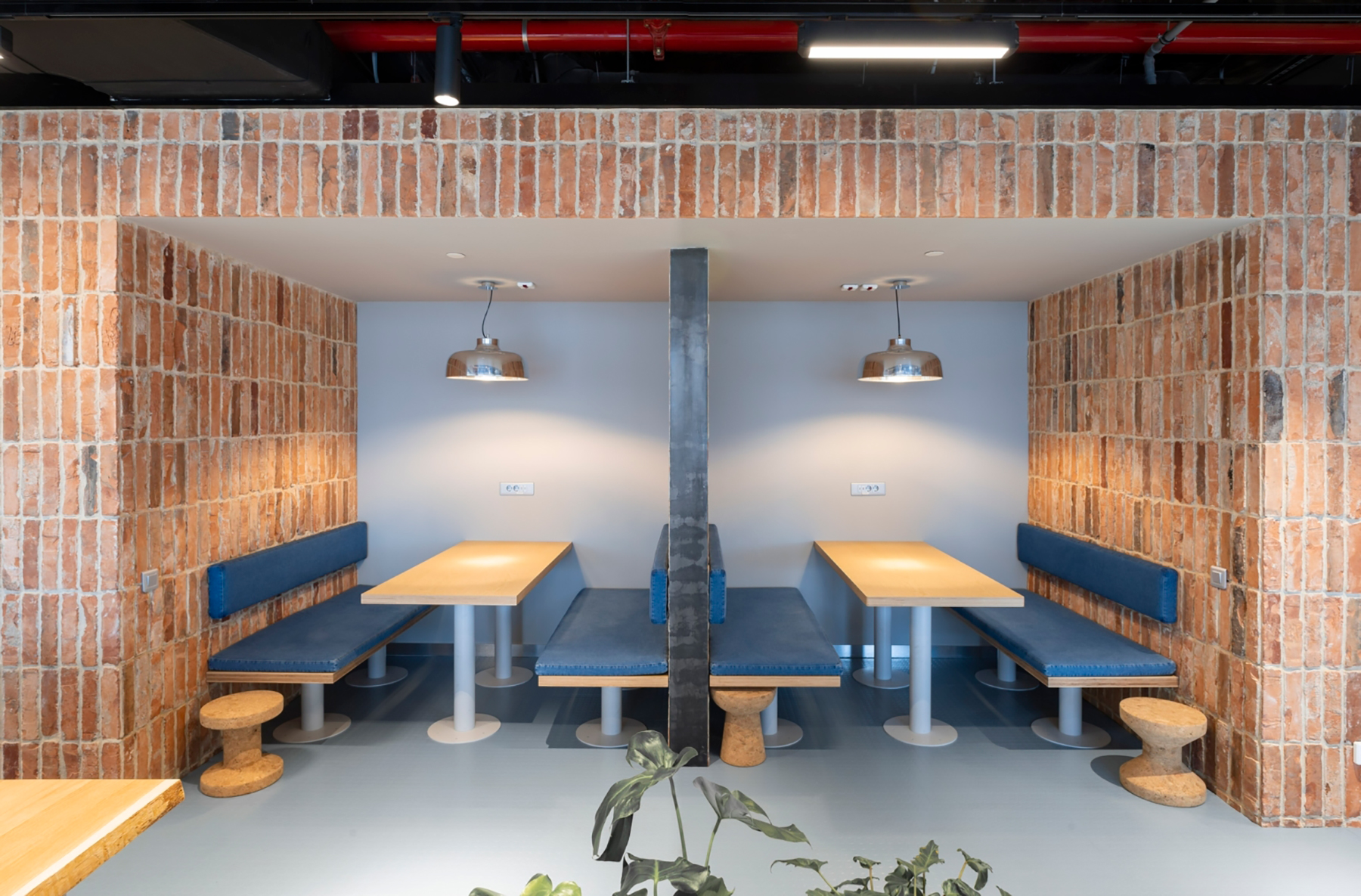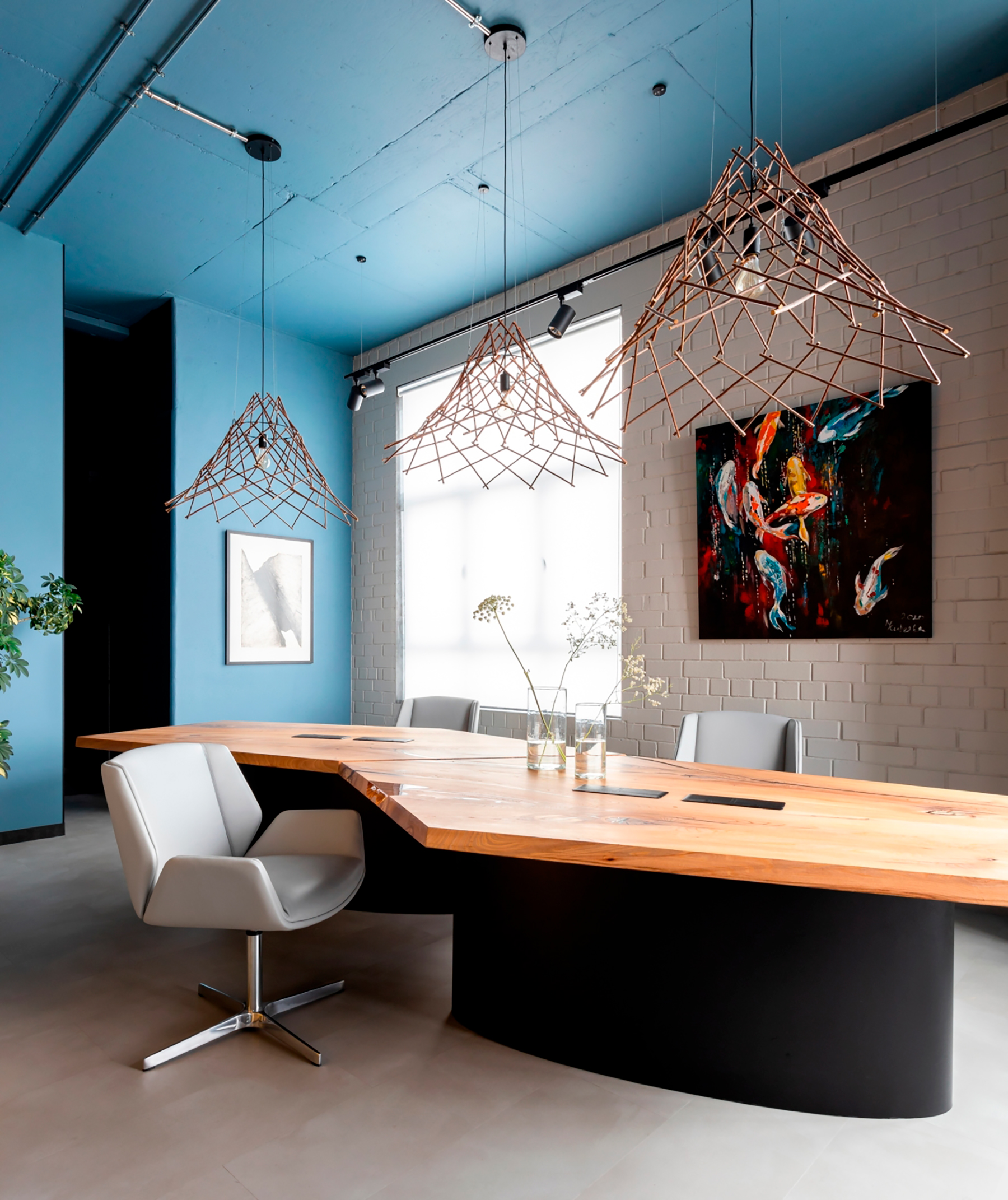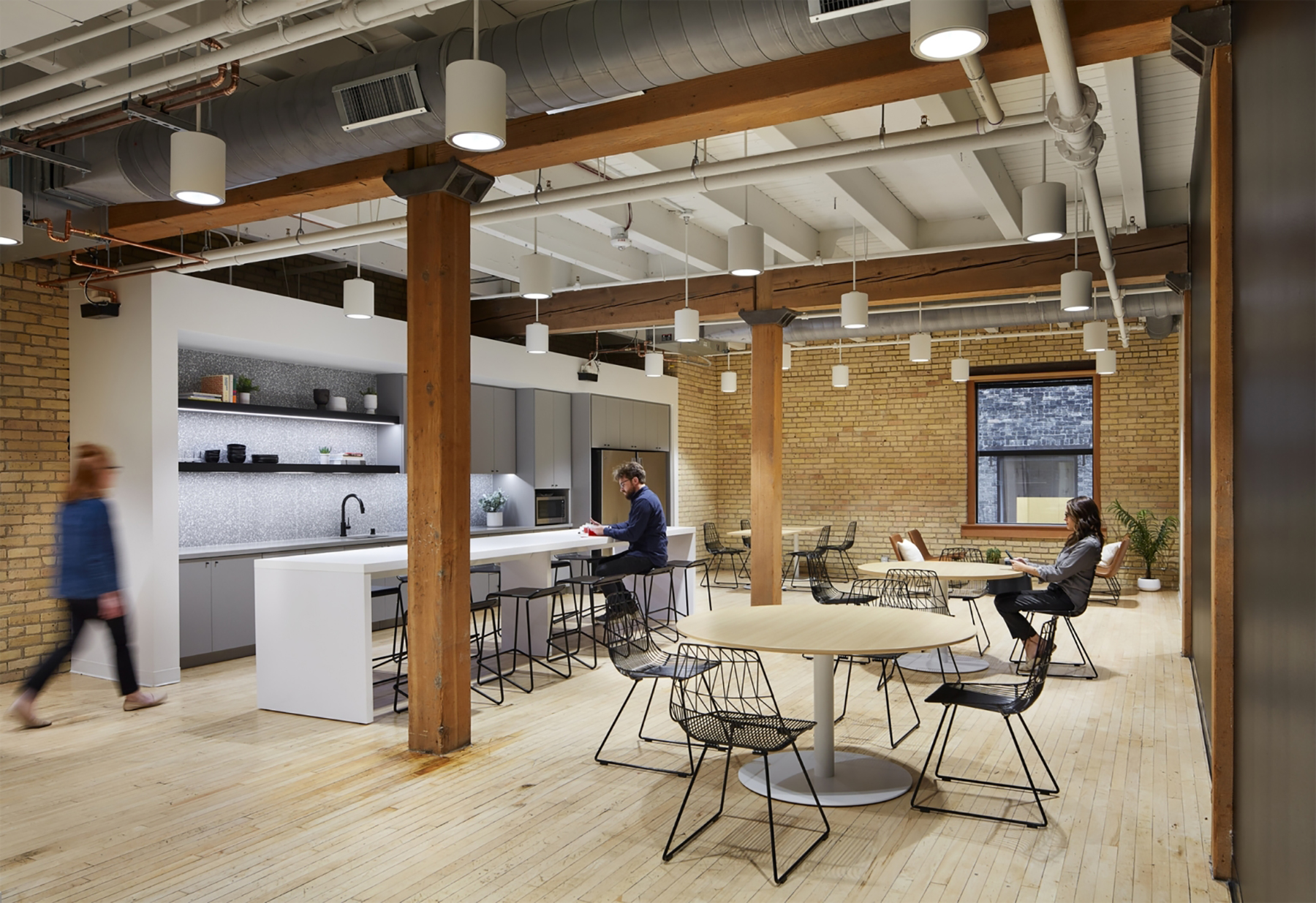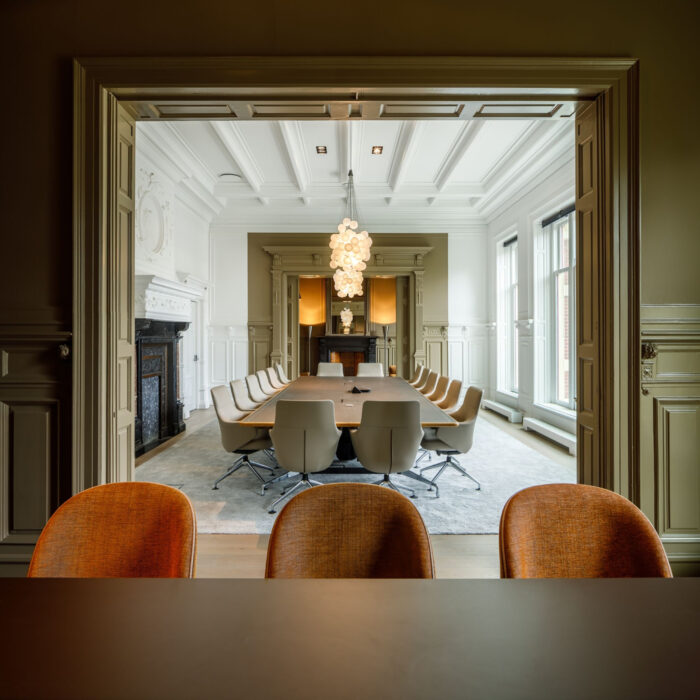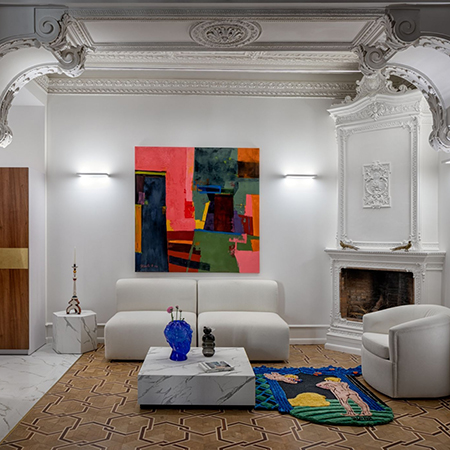How ancient brick has found its place in modern architecture
El brick It is one of the oldest construction materials still in use in the building architecture. Although it has evolved to make the piece increasingly resistant and light, modern bricks do not have, without a doubt, the charm of the old. Or at least so it seems to us now; perhaps in a hundred years, those brick blocks that we see with indifference today will be admired with the same fascination that we now see a old brick wall. In this post we want to focus on the old brick as a decorative element and how marvelously well it fits into the concept of the modern offices, that rescue old elements and return them to hyper-modernized environments, creating a very interesting shock effect.
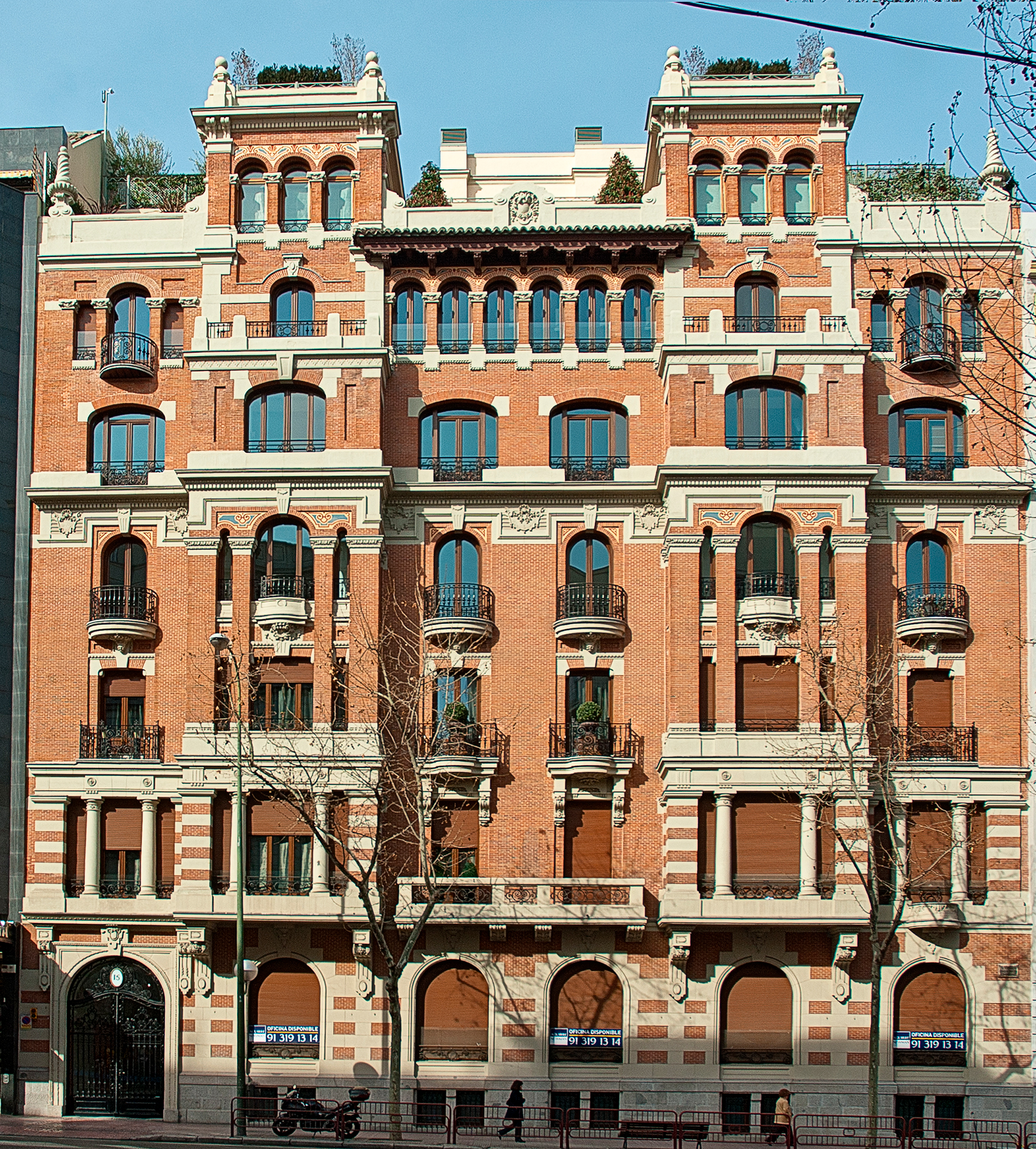
A little history ...
El brick is a material 100% ecological, recyclable, recoverable and reusable. Its raw material, the clay, is a mineral compound that is molded in one piece and baked. The antecedent to the current brick is the adobe Brick, a compact piece also made from clay, sand and straw or organic animal waste, dried in the sun. In its evolution, the brick incorporated the baked to make it more weather resistant. The use of brick dates back 10.000 years (the oldest piece was found in Jericho, Mesopotamia), and there is evidence that it was used by Egyptians, Chinese, Romans, Sumerians or Persians, as well as in the Byzantine Empire and in the Renaissance, many times, covered with glazed tiles o marble slabs. In any historical period we find extraordinary architectural examples made of brick, but it was during the industrial era, at the end of the XNUMXth century, when brick production exploded thanks to the Hoffmann kilns, which allowed the serial production.
Already entered in the XNUMXth century, the hollow brick, with holes inside, which allowed reducing the material and weight of the brick. In this way, the walls bear less weight, save material, facilitate their placement and better insulate the wall. Despite being a material popular and humble is still used in modern construction, as evidenced by this image of the surprising Church of Christ the Worker, made by uruguayan engineer Eladio Dieste, today a UNESCO World Heritage Site.
industrial buildings
From the años 80 y 90 of the last century, an urban vein was discovered in the brick industrial buildings that were in disuse (factories, warehouses, workshops, warehouses, etc.). Open spaces, with large windows, abundant light, iron structures... and of course, Facade walls and exposed brick partitions embellished by the patina of time. All this raw continent allowed extraordinary reforms to be carried out from original elements that endowed the spaces with great architectural value: lofts, shops, offices... Industrial buildings became a new architectural jewel in the architectural heritage of cities.
The neo-industrial style
This was how the highly valued brick walls were aligned with other elements that resulted in the resurgence of a neo-industrial style that caused a furor, and that is still on the rise. These other elements were, in order of importance, the surfaces of cement (and its variants in microcement or polished cement), the iron structures and dark metals and the leather for the seats (especially the sofa chester). The combination of all these ingredients could be cold and hard, but thanks to the large windows of these buildings, which flooded the space with natural light, the whole was not only saved but also acquired a new aspect between grandiose, decadent and informal.
Tradition and modernity
The neoindustrial style has not been the only decorative formula that has managed to raise the beauty of the exposed brick. The design of modern offices has been able to integrate it into projects a lot more avant-garde and groundbreaking, combining with other materials such as backlit stained glass, perforated sheets, acoustic materials and continuous carpets. The result is spaces that navigate between the past and the present, between modernity and tradition... making the visitor travel through the tunnel of time almost without realizing it.
Recovery of the old exposed brick
In some cases, architects and interior designers need to extend the brick surfaces to other areas in order to maintain the aesthetic coherence of their project. To solve it, they usually go to demolition materials to get solid brick similar to the existing one. Getting old brick is not easy, but it is not impossible either. What is important is that the buyer makes sure that the brick comes from a authorized demolition, and not from looting, and that this material can be legally reused.
The exposed false brick
Another option is to use veneer that imitates brick, like the one in the image. There are plenty of options (plates, wallpaper, polyurethane moldings...) that although in sight, and even to the touch, they can hit the mark, they never reach the authentic beauty of the old exposed brick. A few years ago, in the heat of the exposed brickor indoors, this resource was used ad nauseam, which today, fortunately, has fallen into disuse.
Painted exposed brick walls
Sometimes we can find the original brick painted white (or another color, but white is more common). It is a very valid option if the brick is not in good condition or is not of very good quality. White paint works like a protector and cleanses the surface, offering a uniform and aseptic appearance, but maintaining the texture and pattern of the wall.
yellow bricks
Not all brick walls are reddish, as we usually have in Spain. Being made of clay, depending on the origin, it can have different shades, ranging from light yellow to gray. In addition, since it is an organic material, over the years its color varies in an inhomogeneous way, which gives it an even more beautiful appearance. And a last note: If during a renovation a brick wall is discovered behind the masonry layer, it is necessary to consult with a architect or surveyor to find out if it is possible to expose the entire brick wall. Many times the coatings also serve to strengthen the brick walls, and if they "peel", it can cause serious problems in the supporting structure.
Photos: OfficeSnapShots
Photos: Limobel Inwo and OfficeSnapShot
